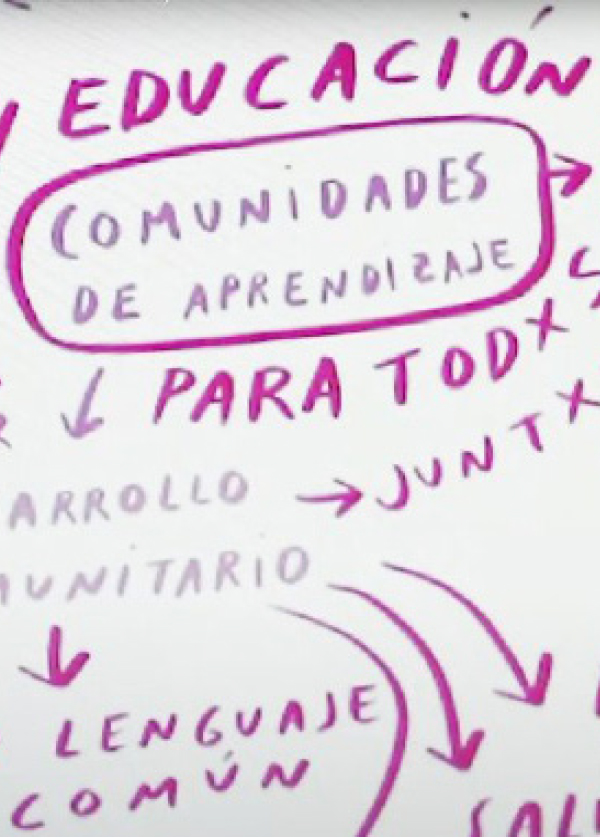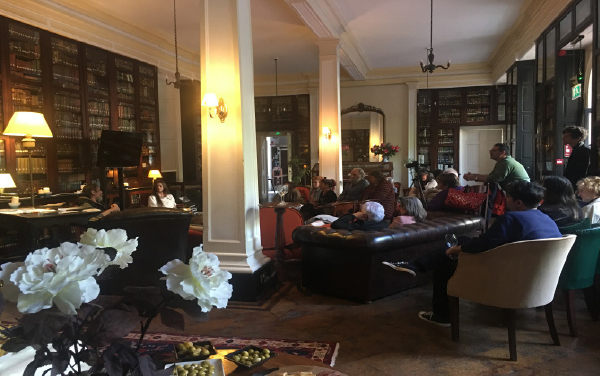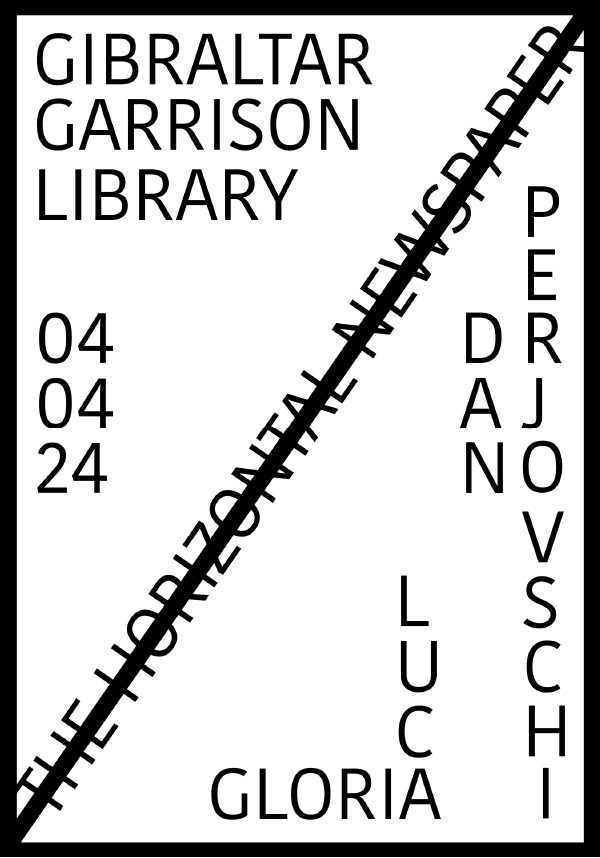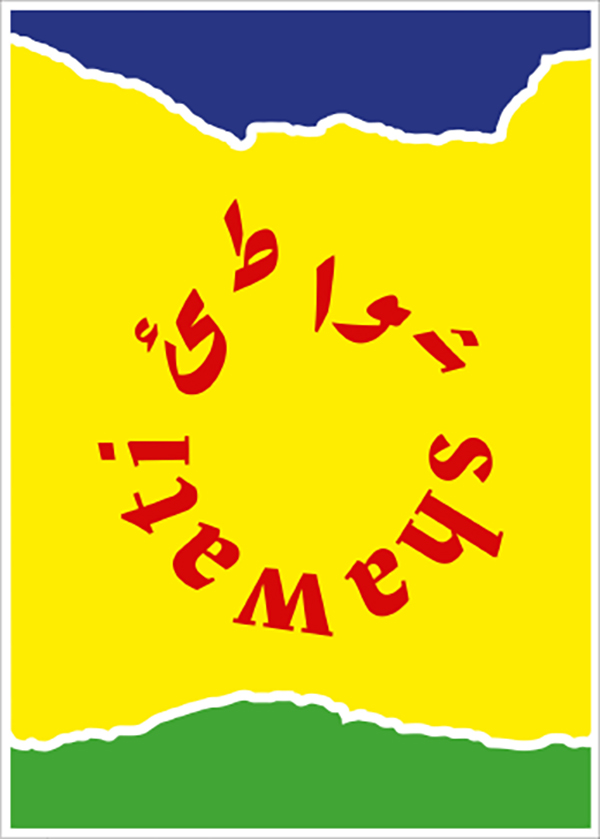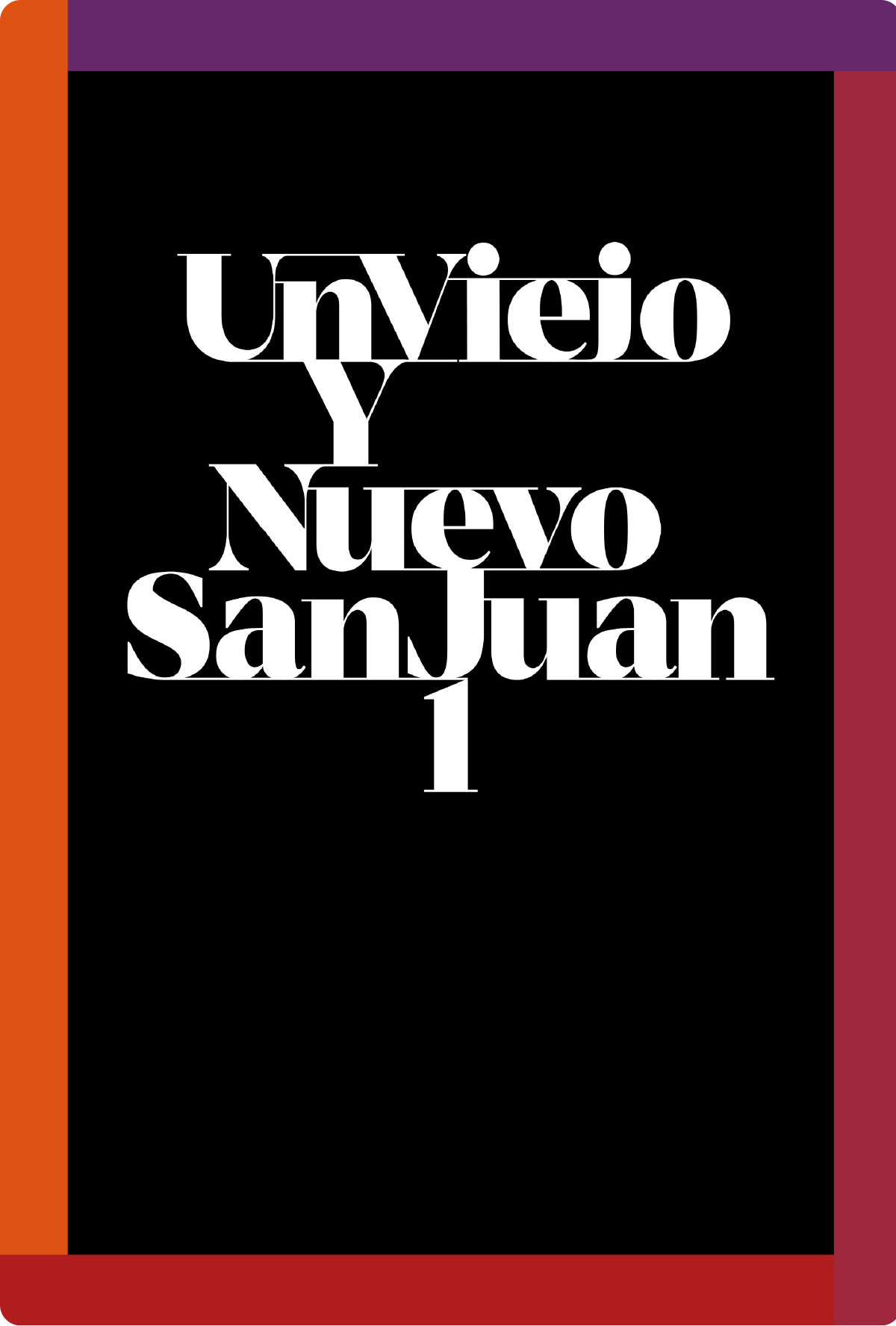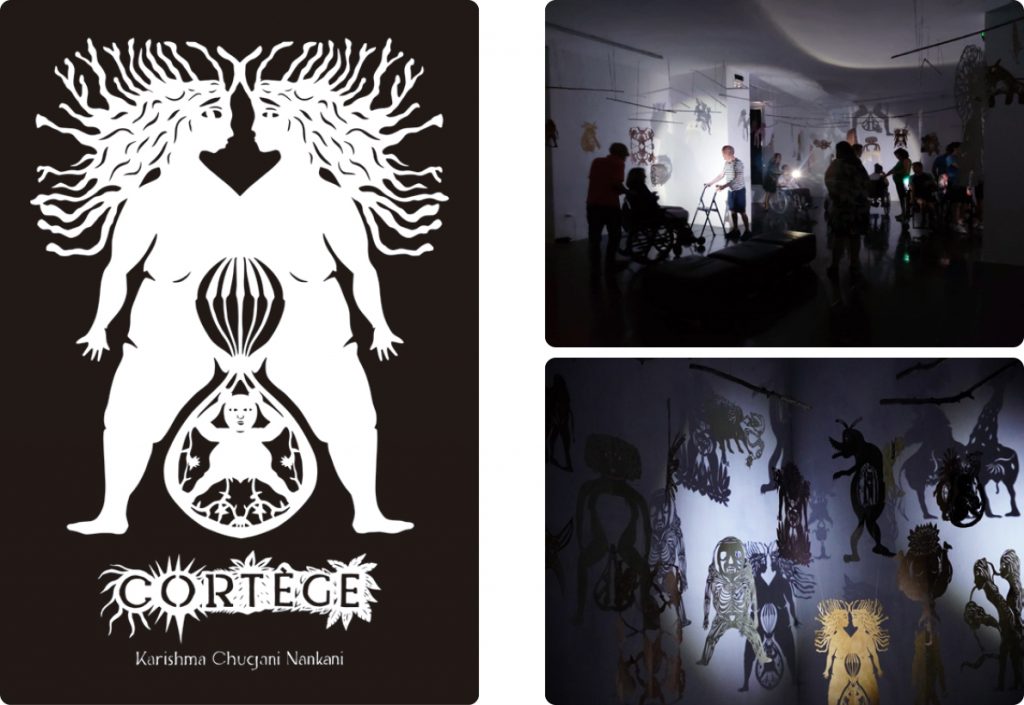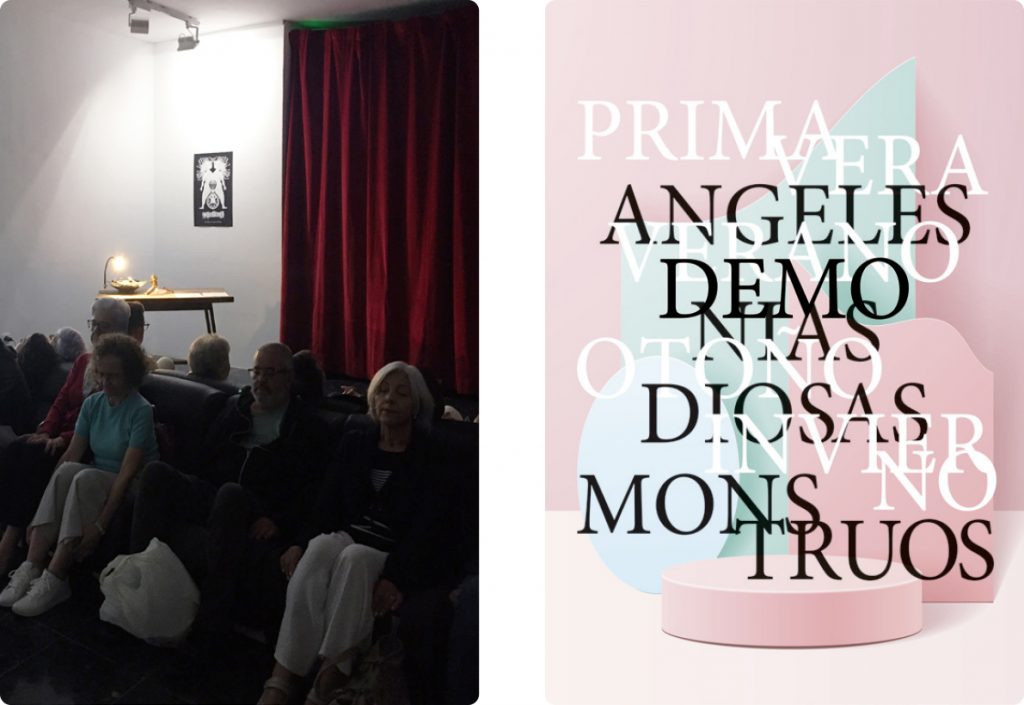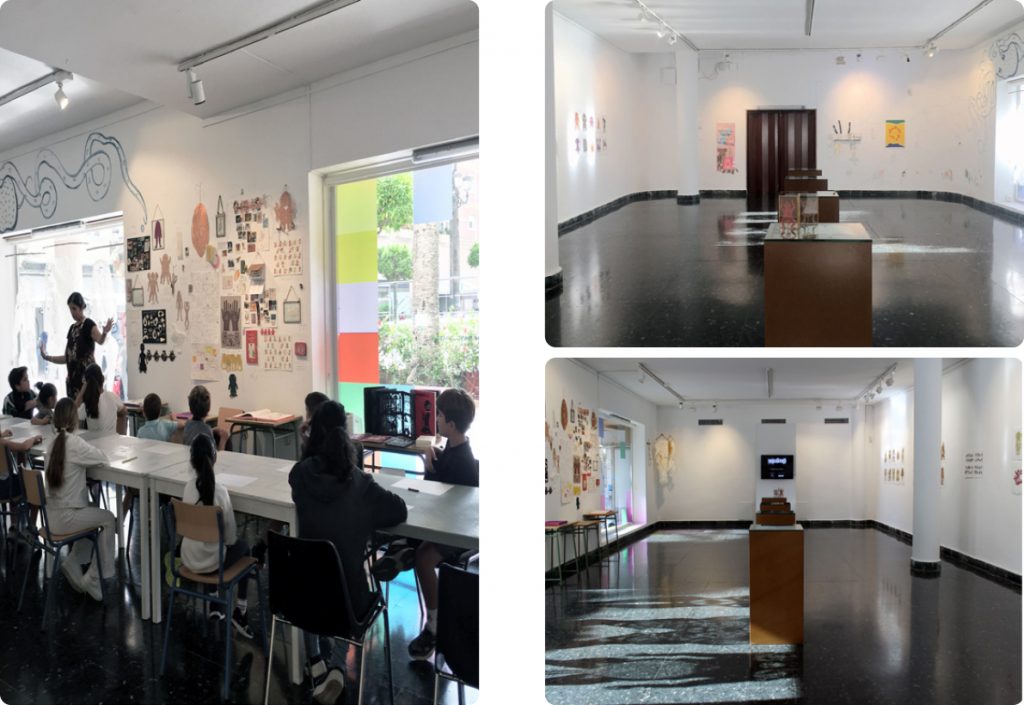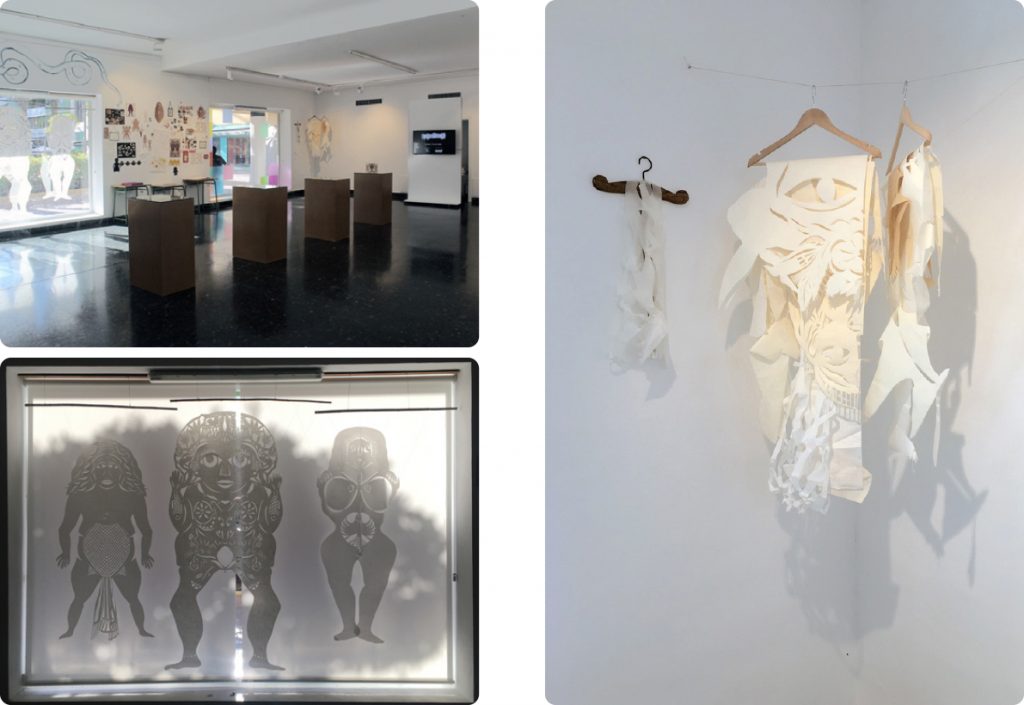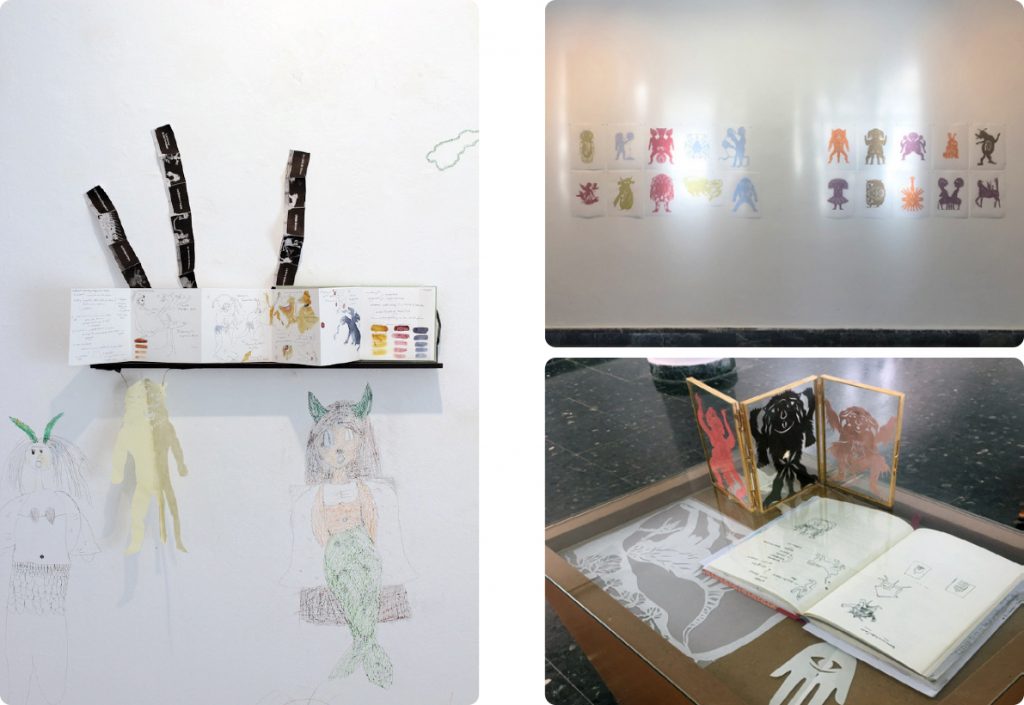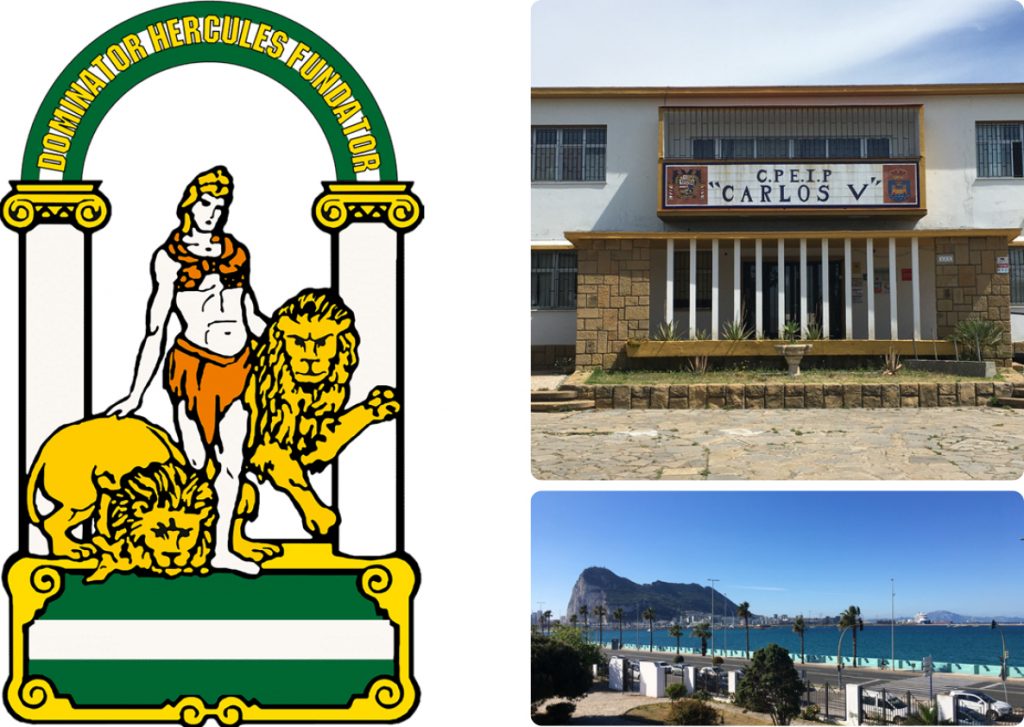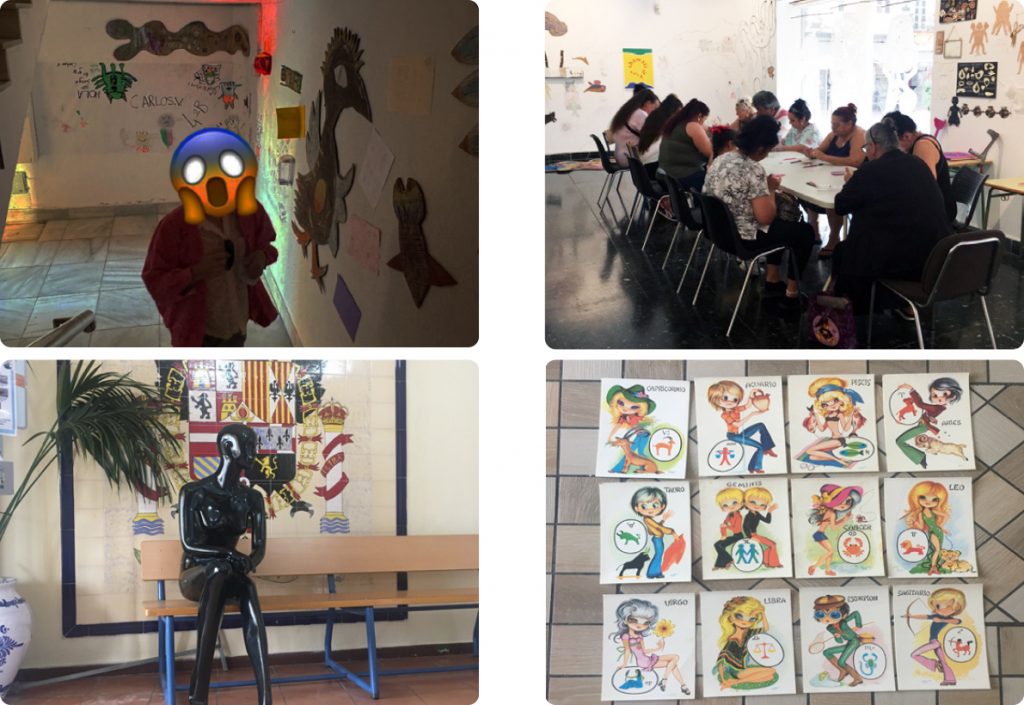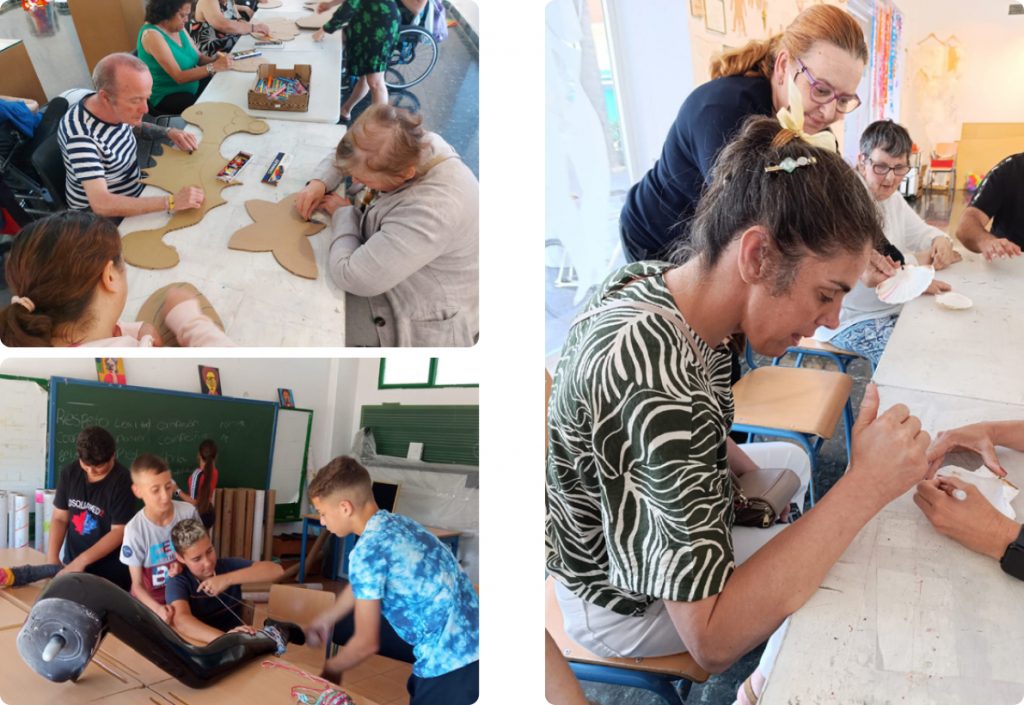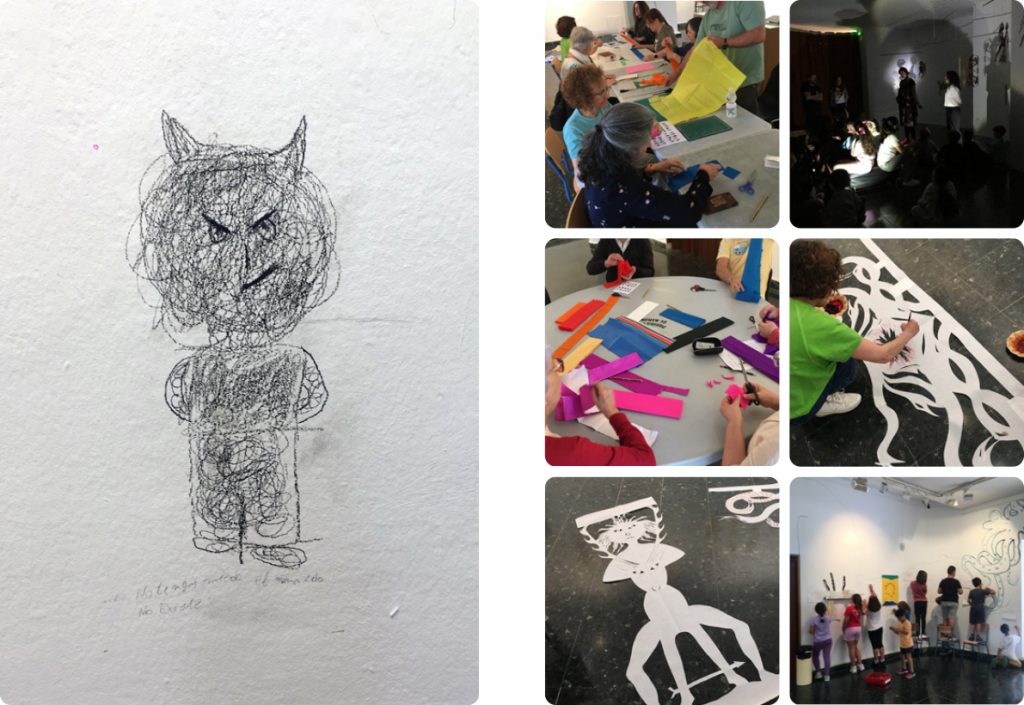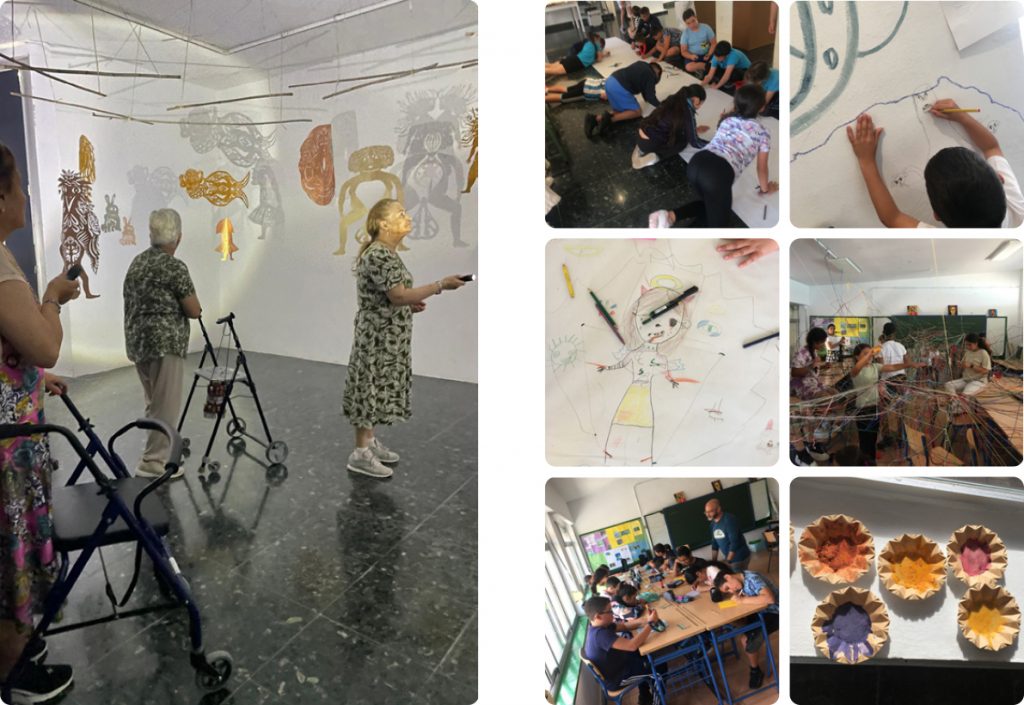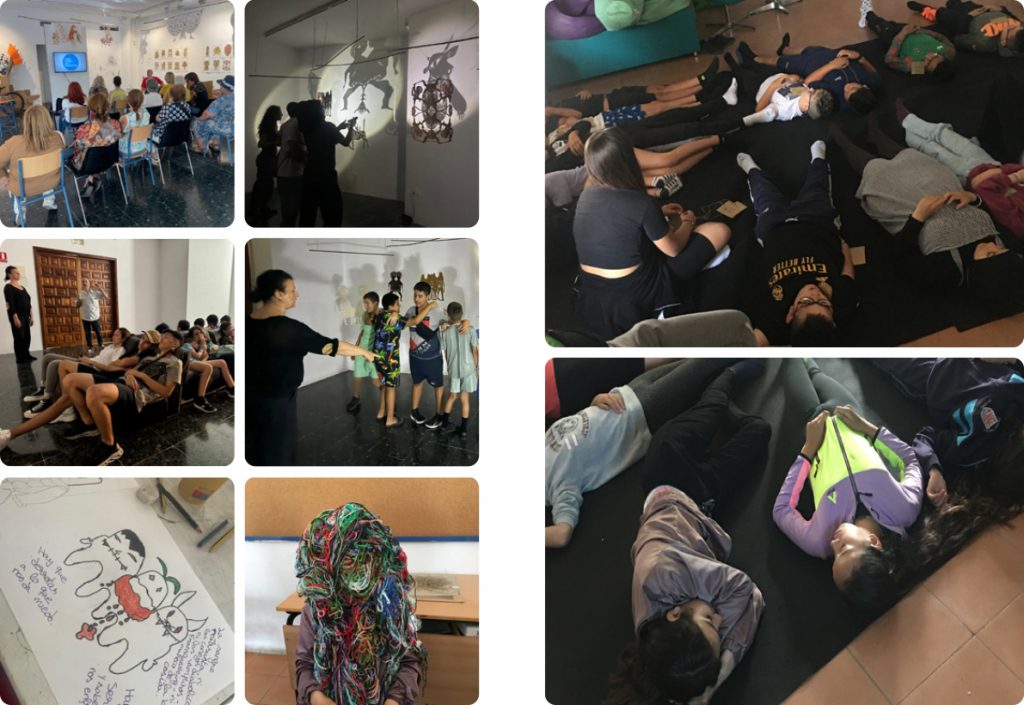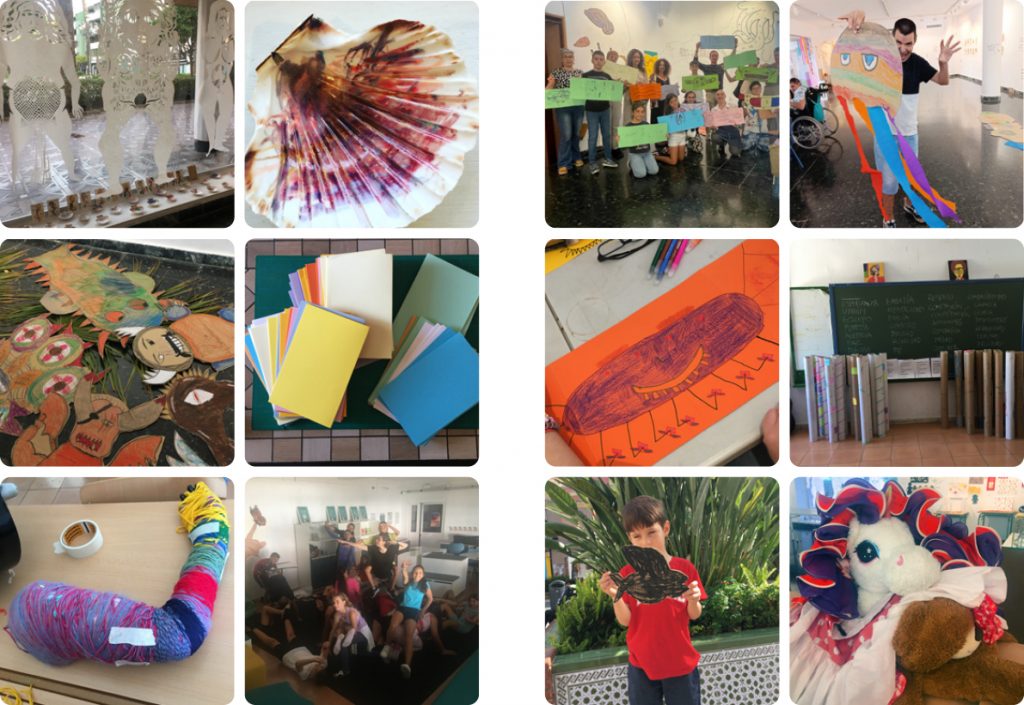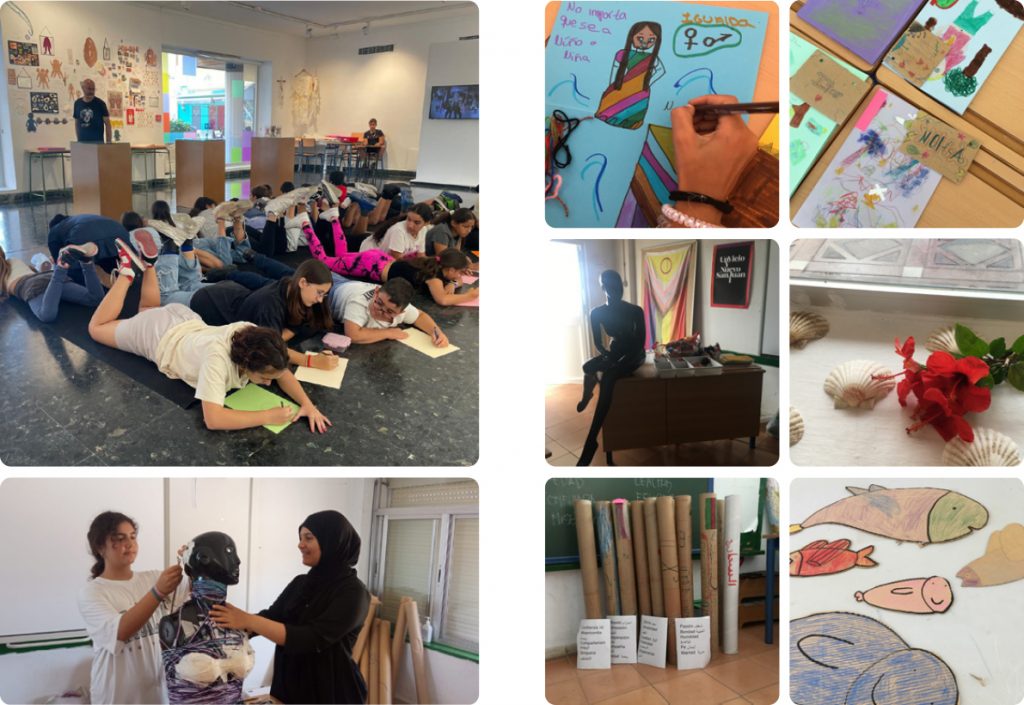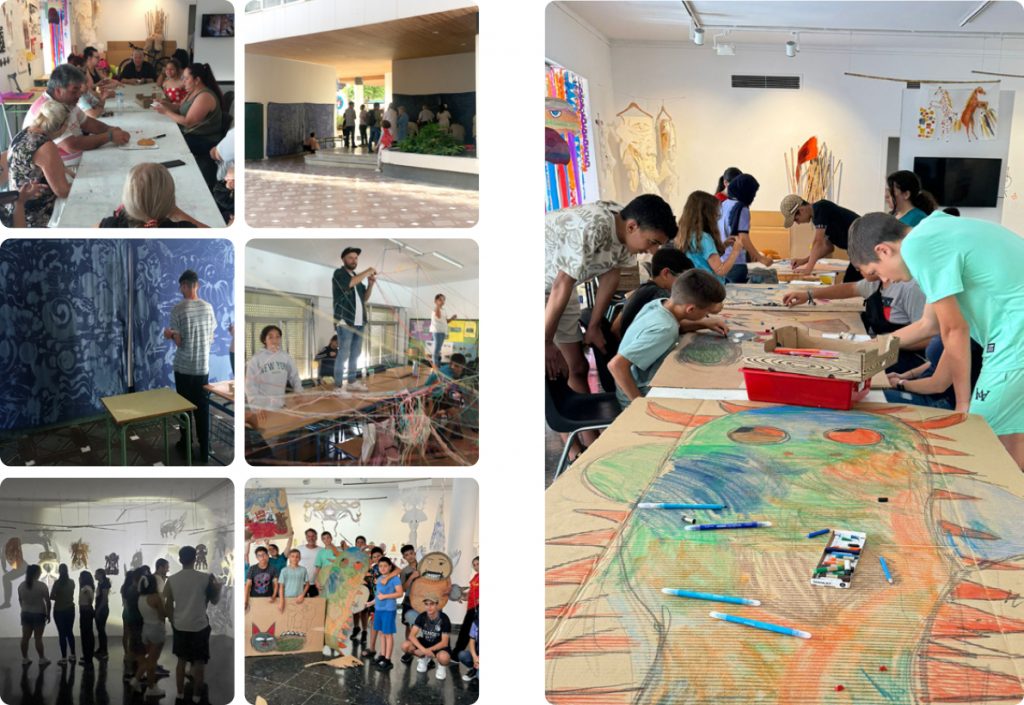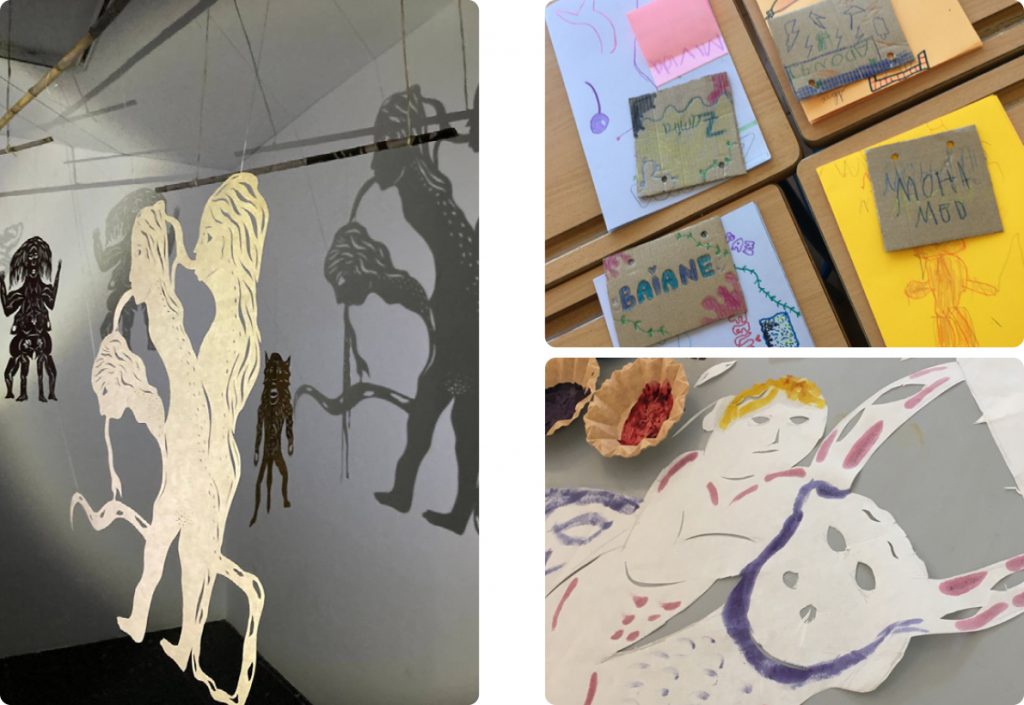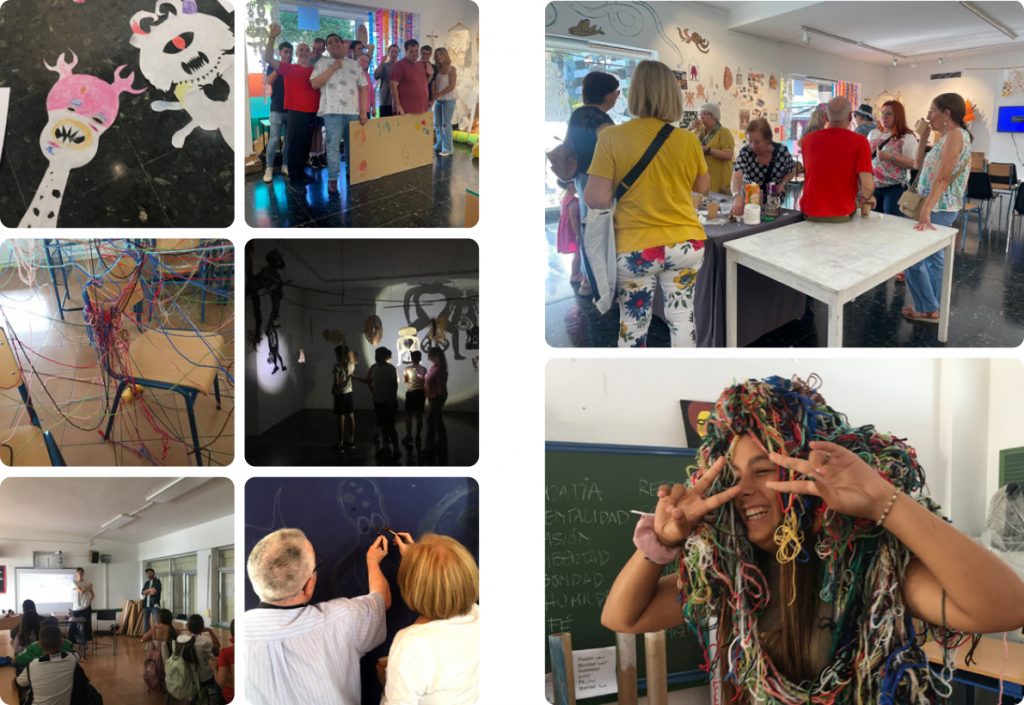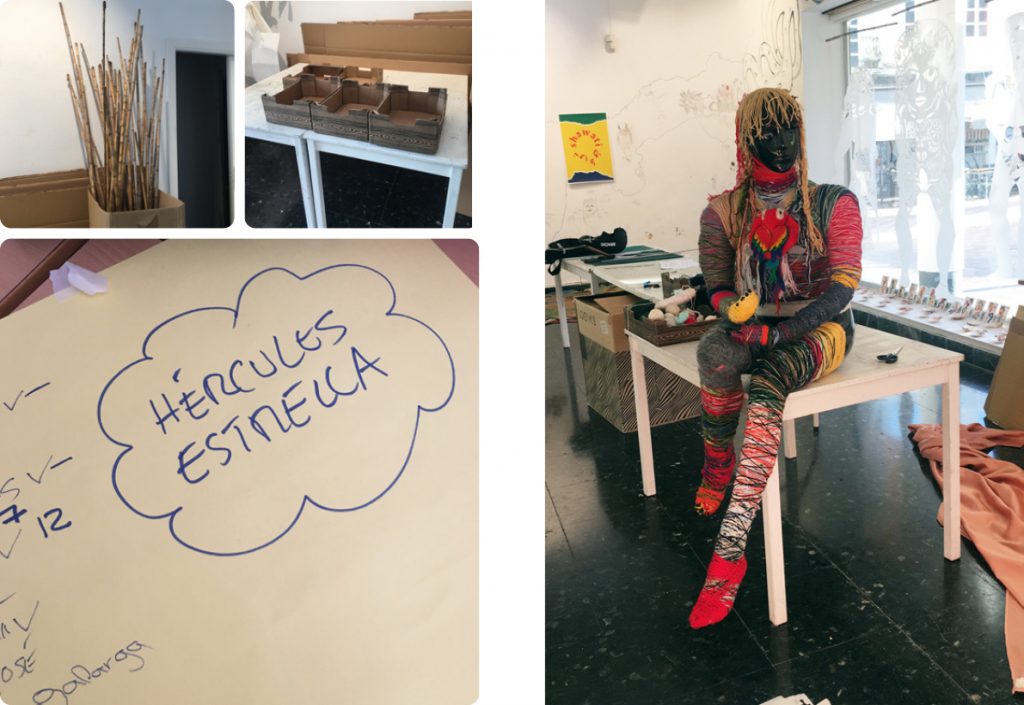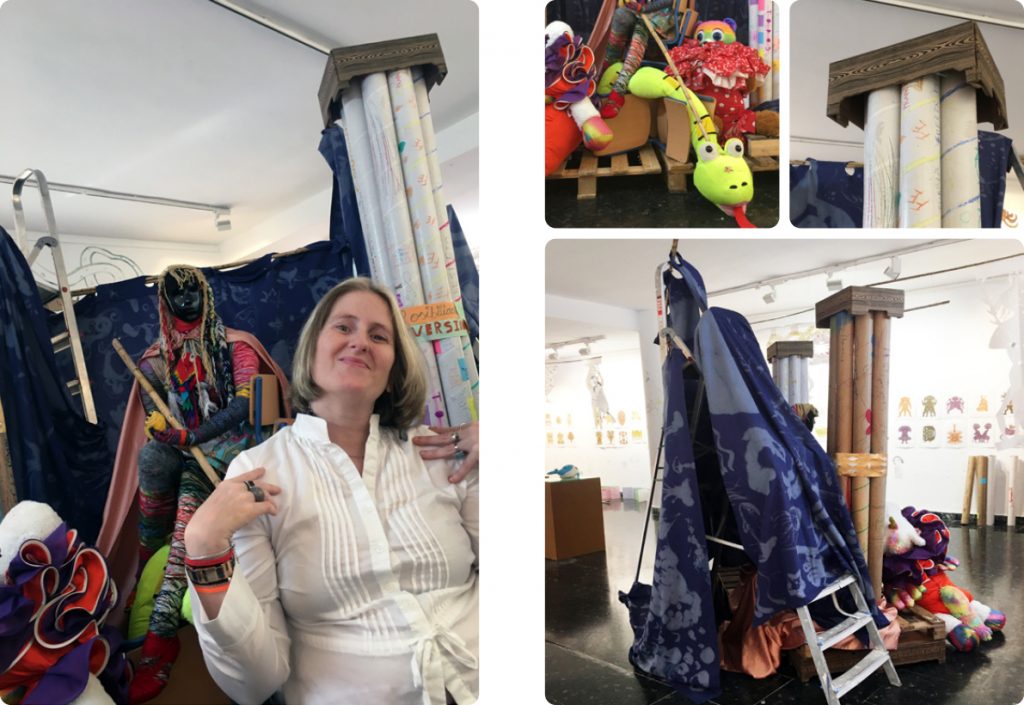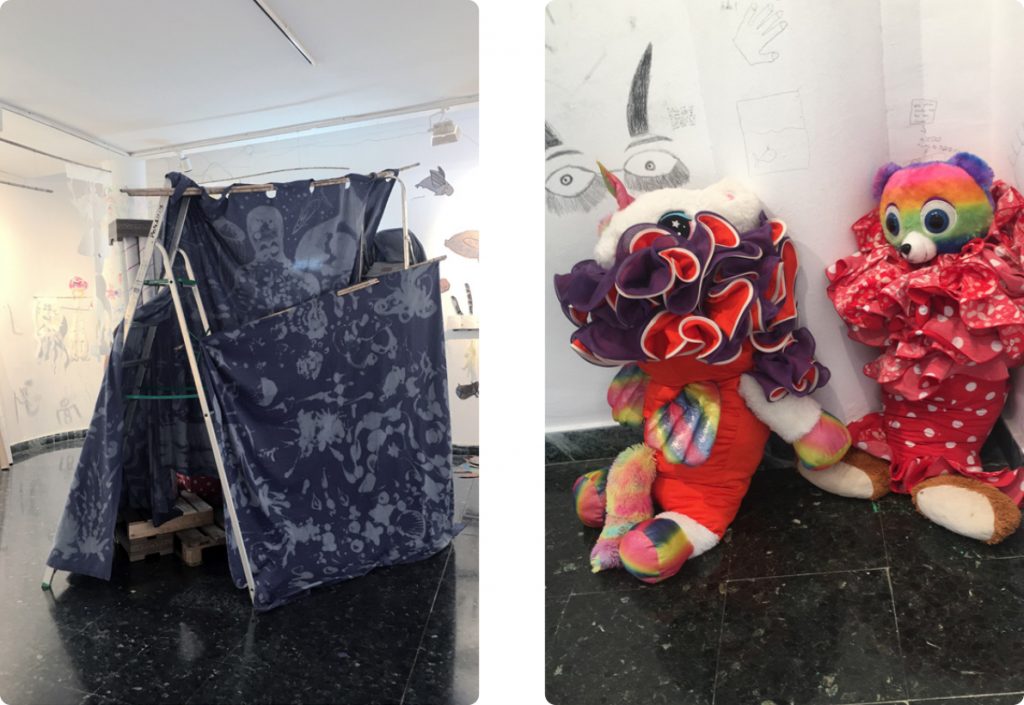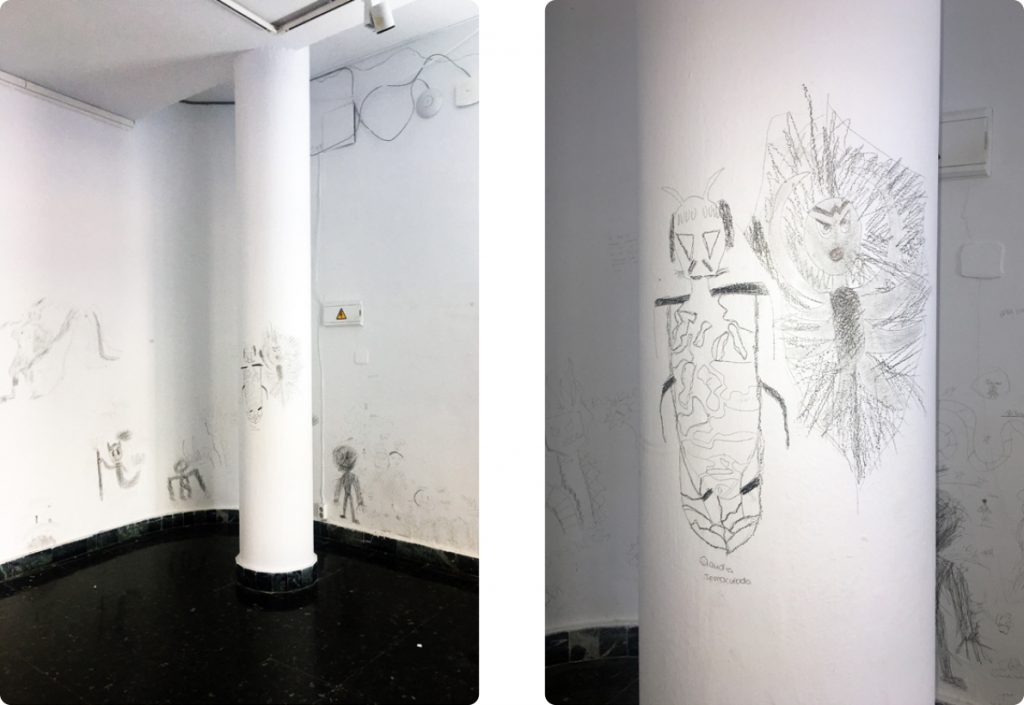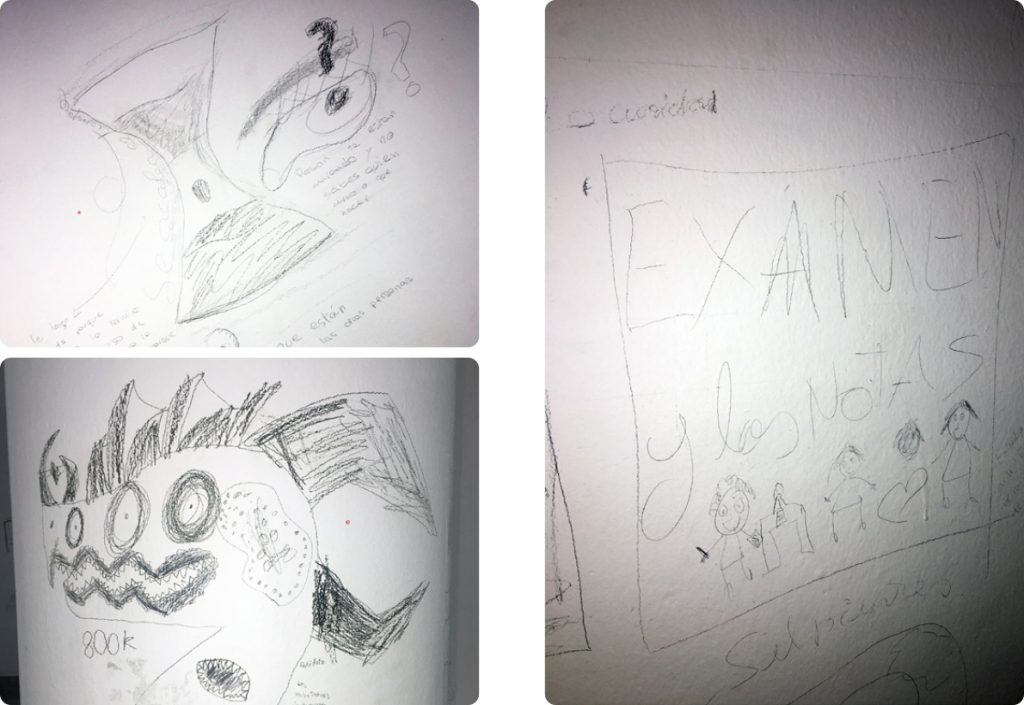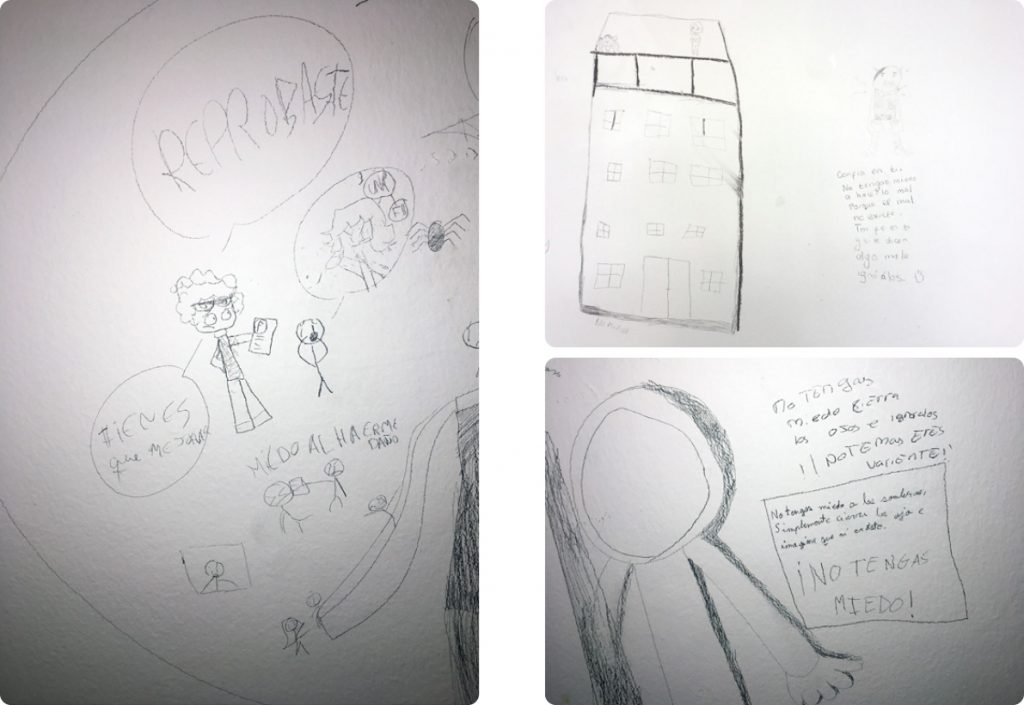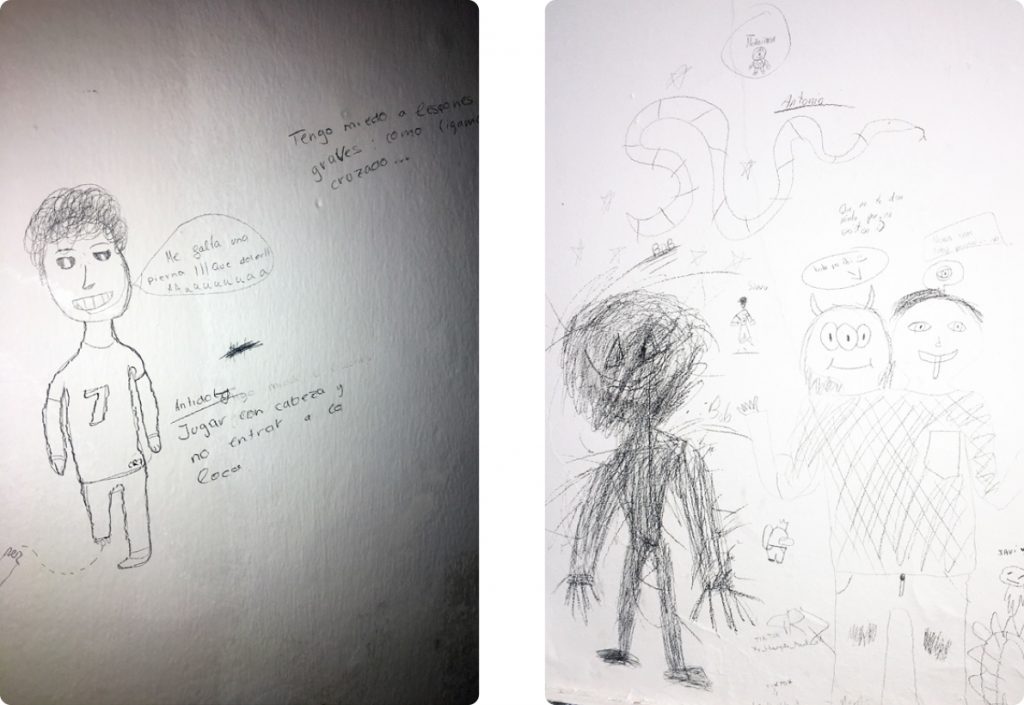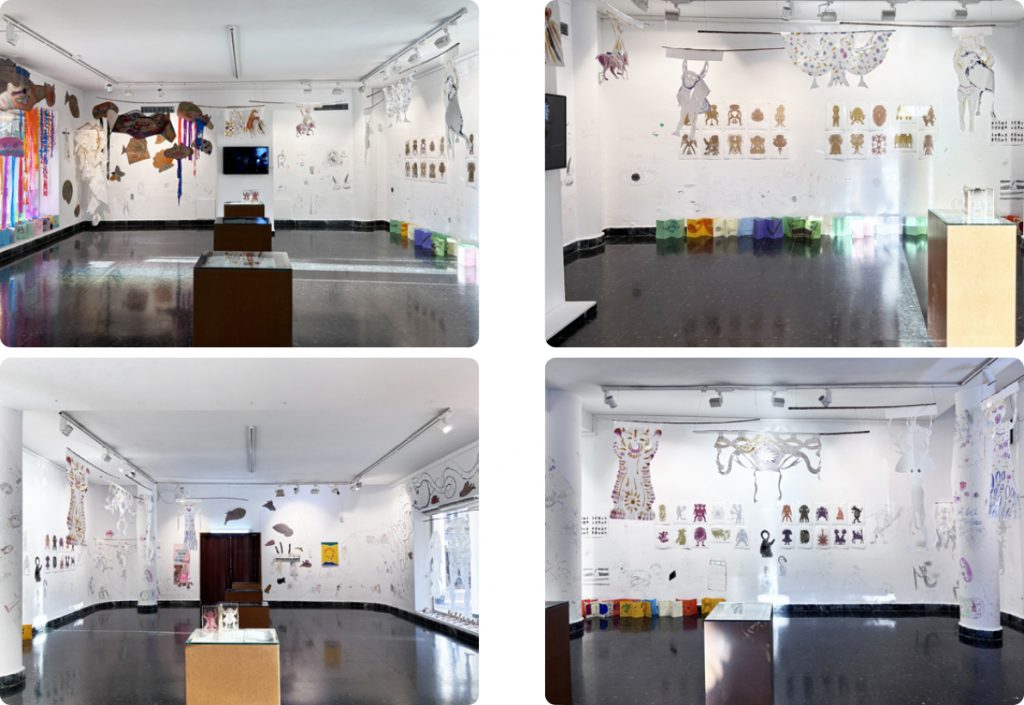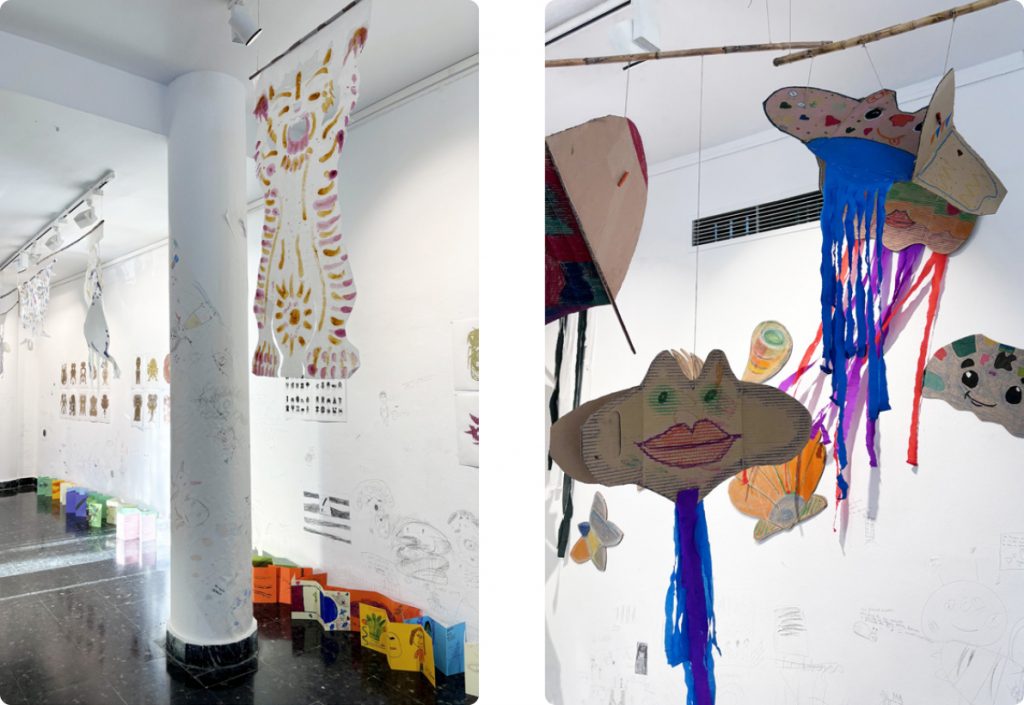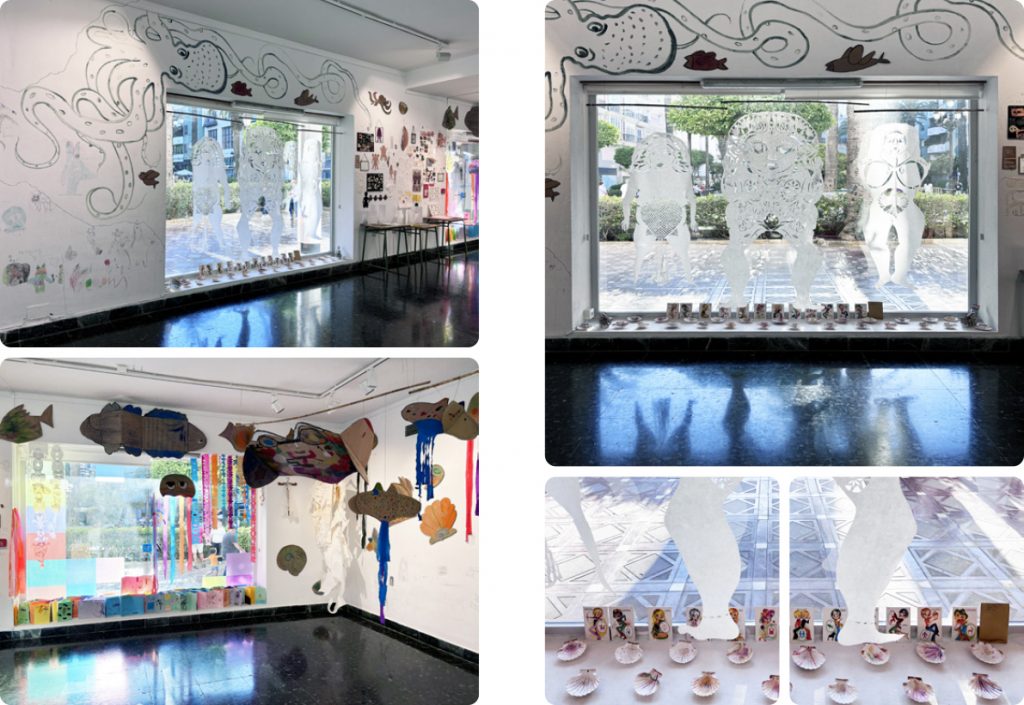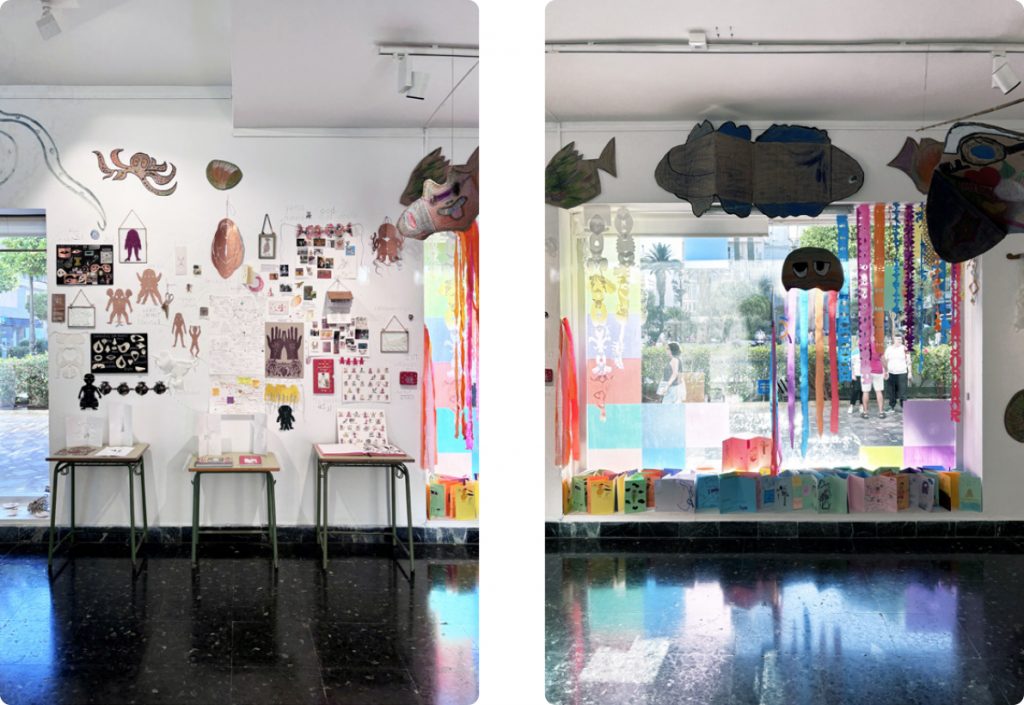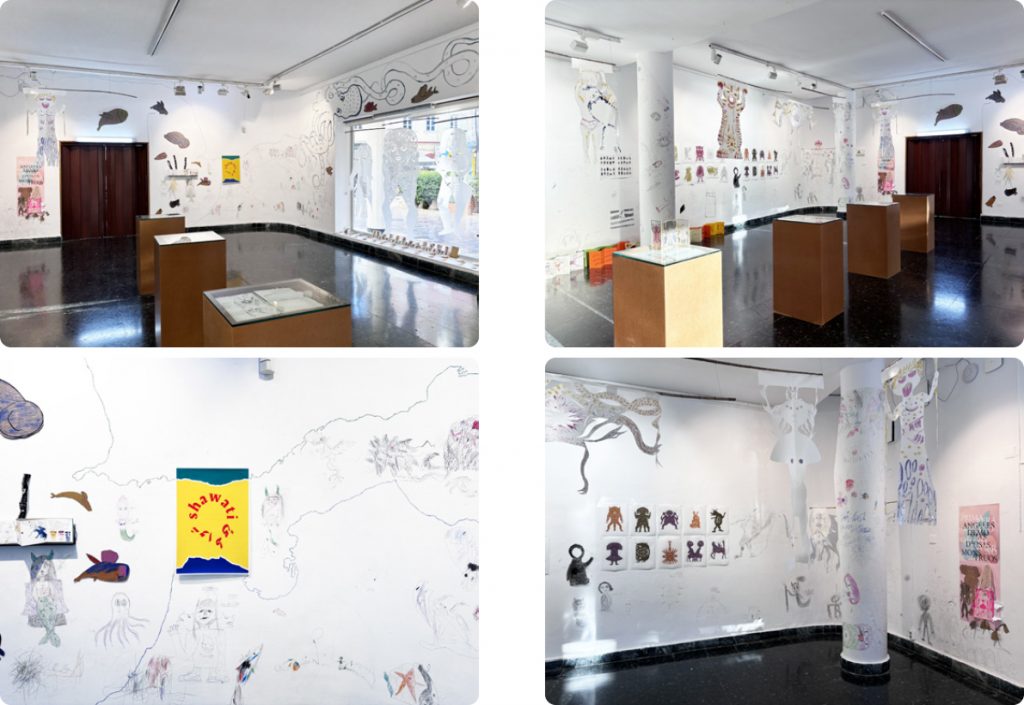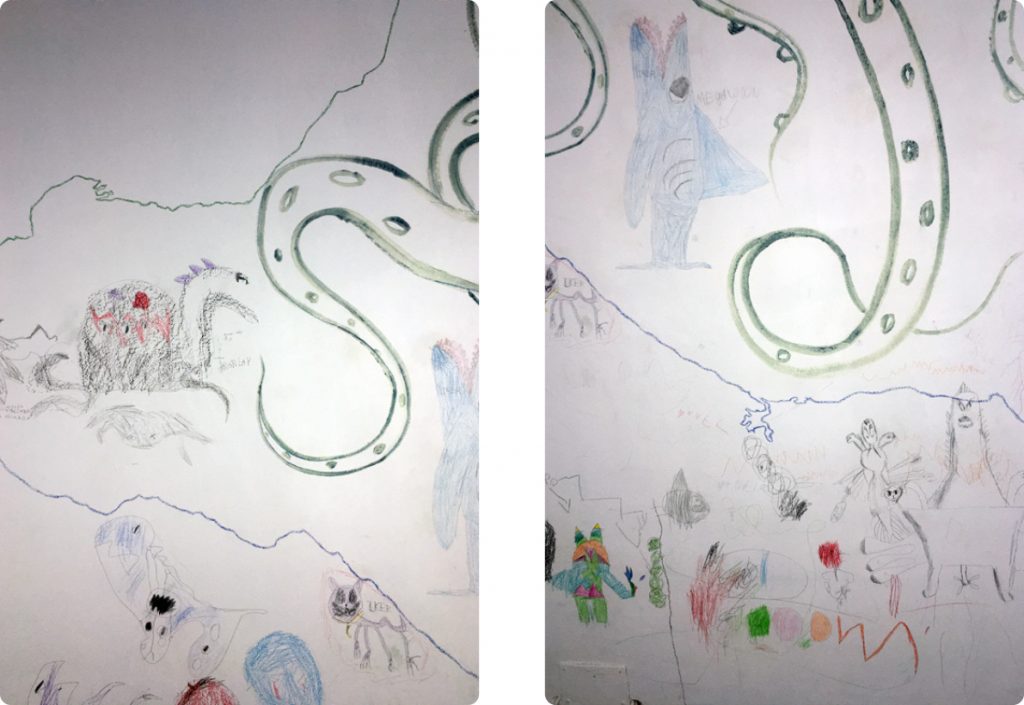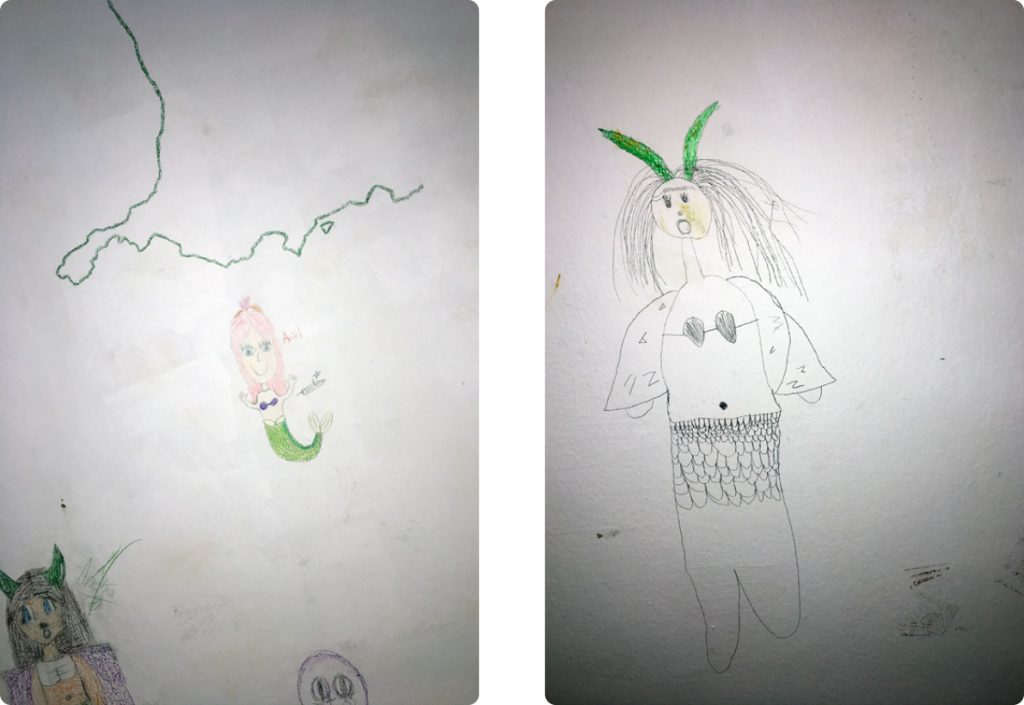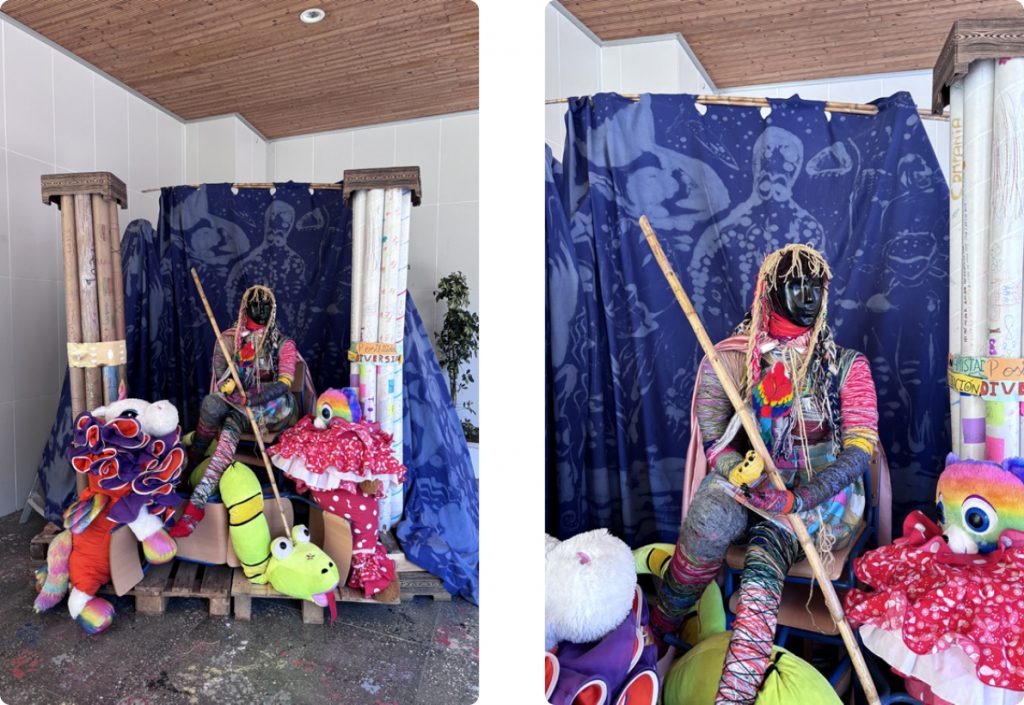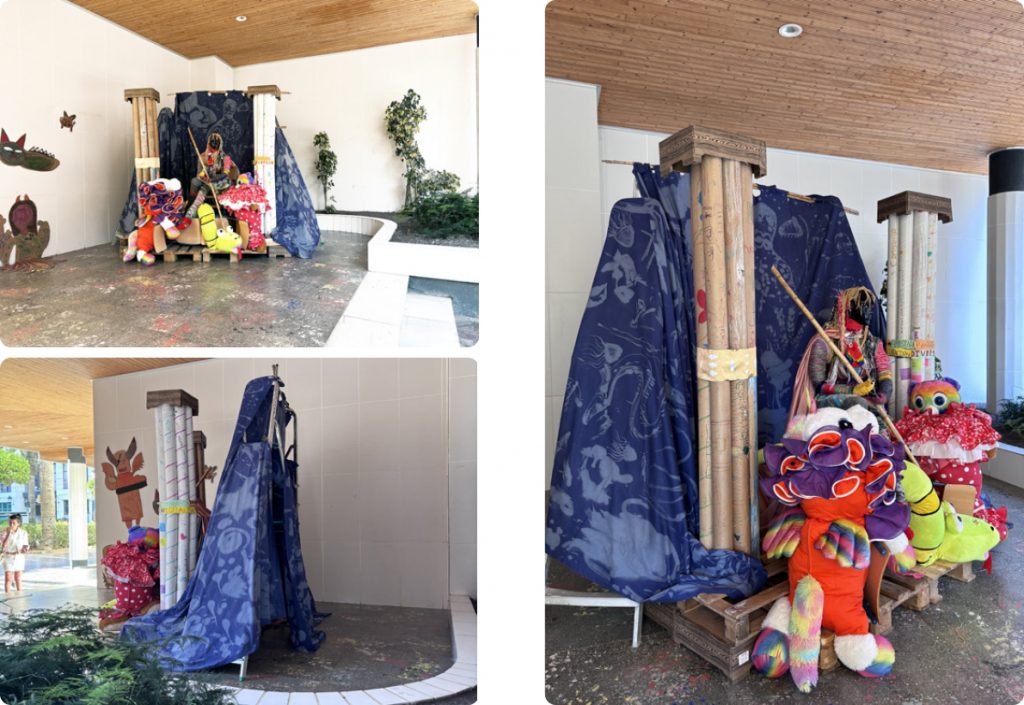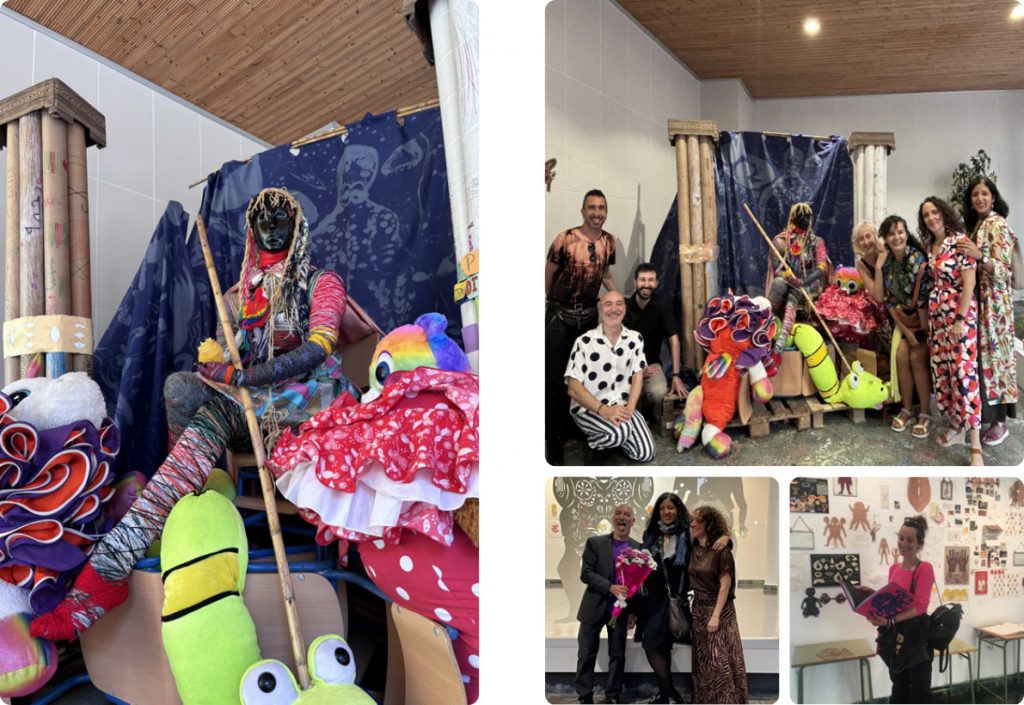Entrevista con Daniel Mesa. Talento a bordo. Febrero. 2020
descargar pdf
El artista y dibujante Juan Carlos Bracho investiga las relaciones entre espacio, tiempo y percepción en las exposiciones “Arquitectura y «yo»”, en la Sala Alcalá 31, y “Tutti Frutti”, en el Centro de Arte de Alcobendas. Dos muestras interdisciplinares compuestas por dibujos, instalaciones, vídeos y fotografías en las que el gaditano vuelve a situar al espectador en el centro de la experiencia artística.
Lejos de muchos de sus coetáneos, la obra de Juan Carlos Bracho (La Línea de la Concepción, 1970) no busca la complaciencia en la mirada ajena. Tampoco el efectismo que, en la era de la supremacía de la imagen, aflora cada rentrée en galerías y ferias de arte contemporáneo. Sus creaciones hablan de un arte que tiene su punto de partida en el germen de las ideas y que se desarrolla a fuego lento en un tiempo y espacio sujetos a mil y un condicionantes, o lo que es lo mismo, a la vida misma.
El trabajo de Bracho se mueve así entre terrenos intangibles y subjetivos, a caballo entre el minimalismo y el arte conceptual. De ahí que cada una de sus piezas cobre un significado nuevo según quien la observe. Él lo llama “la experiencia a través de la experiencia”. Su dibujo, mecánico y a veces hipnótico, invade espacios en los que el error y el azar son entendidos como parte del desarrollo de la propuesta. Prueba de ello, su recientemente inaugurada “Arquitectura y «Yo»”, que puede visitarse en la Sala Alcalá 31 hasta el 2 de febrero, una muestra que invita a los visitantes a indagar en su propia percepción del espacio y la belleza.
Tu exposición en Alcalá 31 presenta un conjunto de piezas que tienen como eje central tu relación personal (y espacial) con la arquitectura, un tema presente prácticamente en toda tu trayectoria. ¿Cuál ha sido en estos años tu mayor hallazgo en esta dirección?
Sobre todo, entender el espacio y el tiempo, dos coordenadas que están íntimamente relacionadas, como un desarrollo mental. Todo es relativo, y tan solo depende de donde te sitúas, de las coordenadas que eliges en relación al tiempo y el espacio que te envuelven. En un avión, por poner un ejemplo, el tiempo va hacia adelante o hacia atrás, y puedes estar dentro o fuera, arriba o abajo. Todo depende según con qué lo relaciones.
Al igual que el montaje de la muestra, proyectada como una enorme instalación, las obras, como en el caso de la escultura Ahora y siempre, parecen encaminadas a crear un diálogo con el espectador, obligado de algún modo a encajar las piezas de la misma para llegar a una conclusión. ¿Qué rol juega la mirada del otro en tu trabajo?
La mirada del espectador es la que da sentido a mis acciones. Yo solo soy un simple ejecutor. El resultado de mi trabajo, que pertenece al propio proceso, es la suma de una repetición de elementos gráficos mínimos -rayas, puntos, trazos, frottages– que en su expresión son tan solo gestos. La imagen resultante y su significado pertenecen al que mira. Todo depende de lo que cada uno esté dispuesto a dar.
También para la realización de algunas de estas piezas has recurrido a personas de tu círculo íntimo. Por ejemplo, Hole For, elaborada por la persona a la que está dedicada la obra For Adam; o M sobre M, realizada a cuatro manos con tu pareja. ¿Qué reflexión arrojas con esta suerte de simbiosis creativa?
Hasta la realización de esta exposición todos mis dibujos los había realizado yo por una simple cuestión práctica, ya que carecen de esa carga aurática atribuida tradicionalmente a la figura del artista. Soy yo, pero podría ser cualquiera de nosotros. En los casos que comentas la idea es sumar capas de acción, así como emocionales. Se trata de poner en evidencia la propia técnica, el hecho de dibujar como apropiación, copiarme a mí mismo o a través de otros ojos y otras manos. Además, trabajar en equipo es siempre muy gratificante y enriquecedor.
El proceso o el viaje creativo es crucial en obras como Geometría dorada para E.C o Películas de mí mismo, donde el paso del tiempo, el azar e incluso la participación de agentes externos (objetos, personas) han sido y siguen siendo parte de su creación. Cuéntanos.
Mis trabajos suelen dilatarse en el tiempo. Son sencillos en su realización, pero requieren de una gran concentración y disciplina. Me gusta documentar estas acciones porque, al estar tan metido dentro, a veces no soy consciente de las narraciones paralelas que ocurren a mi alrededor o en mi ausencia. En el caso concreto de la Geometría mi intención era revelar esa red de intereses comunes, ese espacio compartido, esas capas, muchas veces invisibles, que configuran el significado de toda obra de arte.
Decía Sol Lewitt que “la idea misma, incluso si no llega a hacerse visible, es tan obra de arte como el producto terminado”. Siento que esta afirmación tiene mucha relación con tu trabajo. ¿Estás de acuerdo?
Totalmente. Una obra es lo que tú quieras que sea: el trabajo del artista, la reflexión estética sobre el mundo de las ideas, esas ideas… La obra existe desde el momento que la piensas, la compartes, o simplemente la dibujas en tu mente o sobre un trozo de papel. Después cobra forma, o no. En esta exposición, y a lo largo de toda mi trayectoria, hay proyectos que he tardado años en completar o formalizar, que han mutado, se han ramificado y se han materializado, o quizás no, pero existen.
Si bien en tu trabajo intercalas técnicas como la fotografía, el vídeo o el muralismo, tu obra es conocida sobre todo por el uso mayúsculo del dibujo. ¿Te sientes cómodo en la etiqueta de dibujante?
Sí claro, pero, ¿qué es dibujar? Trazar una línea sobre un papel, reproducir un objeto, una idea, moverte, bailar… Puede ser algo físico, tangible o mental. El dibujo es la herramienta más sencilla, a la vez que compleja. Dibujar bien, dibujar mal. No sé si seré un buen dibujante a nivel académico. Creo que el dibujo y el arte en general requieren actitud, y mi dibujo tiene mucho de eso; de acción, de apropiación, de constancia, de disciplina…
En Alcalá 31 encontramos muchas obras realizadas ex profeso e in situ. ¿Podemos hablar de arte efímero?
Eso pensaba hasta la realización del proyecto Memories of love -presente en esta exposición- y que es una suerte de arqueología de mi propio trabajo, pero ahora sé que mis dibujos no son efímeros, simplemente dejan de verse, pero están ahí. ¿Es real solo lo que vemos? No lo creo. Todas las obras que hemos realizado directamente en los muros de la sala permanecerán allí para siempre, los veamos o no, estarán latentes. En estos casos en particular también existirán físicamente, pues todo el polvo de los frottages, las esquirlas de los lápices, la cinta de carrocero utilizada para delimitar esos dibujos, junto con otros restos -“ el negativo de los dibujos”, como los denomina Armando Montesinos, comisario de la exposición- serán parte de la donación que haré a la Comunidad de Madrid.
Además de la exposición en Alcalá 31 expones estos días Tutti Frutti en el Centro de Arte de Alcobendas, donde estudios de color ocupan la mayor parte del proyecto en una amplia reflexión sobre el error. ¿Qué significado tiene para ti el acto de errar en el arte o en la vida?
El error y el fracaso forman parte de todo proceso vital y creativo. Pero en una sociedad, la nuestra, dominada por el capital y el producto, se elimina y se discrimina, no interesa. Pero cuando te equivocas, cuando fracasas, ¿qué queda de toda esa experiencia? En esta dirección invito a los lectores a ver una de mis piezas videográficas como reflexión. Se trata de La boule de beige. Historia de un fracaso. Está en internet. ¡No digo más! (ríe).
¿Cómo afrontas esta temporada entre tanto proyecto?
Con mucha energía e ilusión. Me siento un afortunado.
